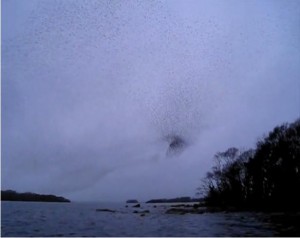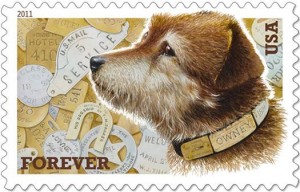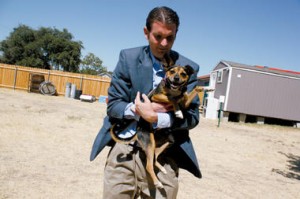Posts of note: commonplace things usually unseen
One thing that I find very striking/puzzling about the whole “but, but, but…they do so much good” argument is how it only seems to apply to animal “protection” groups. I have yet to see anyone dare to defend Sandusky by saying that he “did so much good” with his youth group, so lets all look the other way about his being a child molester. I don’t recall anyone defending the Catholic church along similar lines. Both have been universally condemned, and deservedly so. And, although I can’t think of an instance where this has happened, if an environmental group wiped out an endangered species or engaged in toxic dumping, I doubt we’d hear about how much other good they did. Why do people, and those who like to be seen as animal lovers, no less, defend animal organizations in this way? It is bizarre.
The perspective of abuse survivors is generally hidden and overlooked. Whether or not any form of justice is served, the aftermath of abuse lasts and lasts.
Abuse itself is generally hidden, and often in plain sight. An interesting article in the New York Times looks at the social dimensions of ethical and unethical behavior.
Professor Zimbardo has classified evil activity in three categories: individual (a few bad apples), situational (a bad barrel of apples) or systemic (bad barrel makers).
I’d describe the broken animal “sheltering” system we have today as a classic example of the latter category, and large national groups such as HSUS and the ASPCA as the “bad barrel makers.” The article concludes:
“The majority of people can get seduced across the line of good and evil in a very short period of time by a variety of circumstances that they’re usually not aware of — coercion, anonymity, dehumanization,” he said. “We don’t want to accept the notion because it attacks our concept of the dignity of human nature.”
While it may be easy to give up in the face of such discouraging findings, the point, Professor Zimbardo and others say, is to make people conscious of what is known about how and why people are so willing to behave badly — and then use that information to create an environment for good.
…Although no one thinks it’s an easy task, Professor Zimbardo is not alone in his faith that people can be taught, and even induced, to do the right thing.
“I am a true believer that we can create environments to act ethically,” Professor Gino said. “It just might take a heavier hand.”
I’d never looked at a dog in quite this way.
And photography revealed these fascinating and comical views of animals doing something they do every day–shake themselves dry. Sometimes you can’t really see what’s right in front of you.
No Kill News
The ASPCA debacles continue and include shipping dogs from one kill “shelter” to another, apparently for the publicity. Scratch the surface…
In case you still think that “shelters” are full of hardworking people who love animals and hate killing them, there’s Memphis, TN and McCracken County, KY for you to attempt to explain away.























